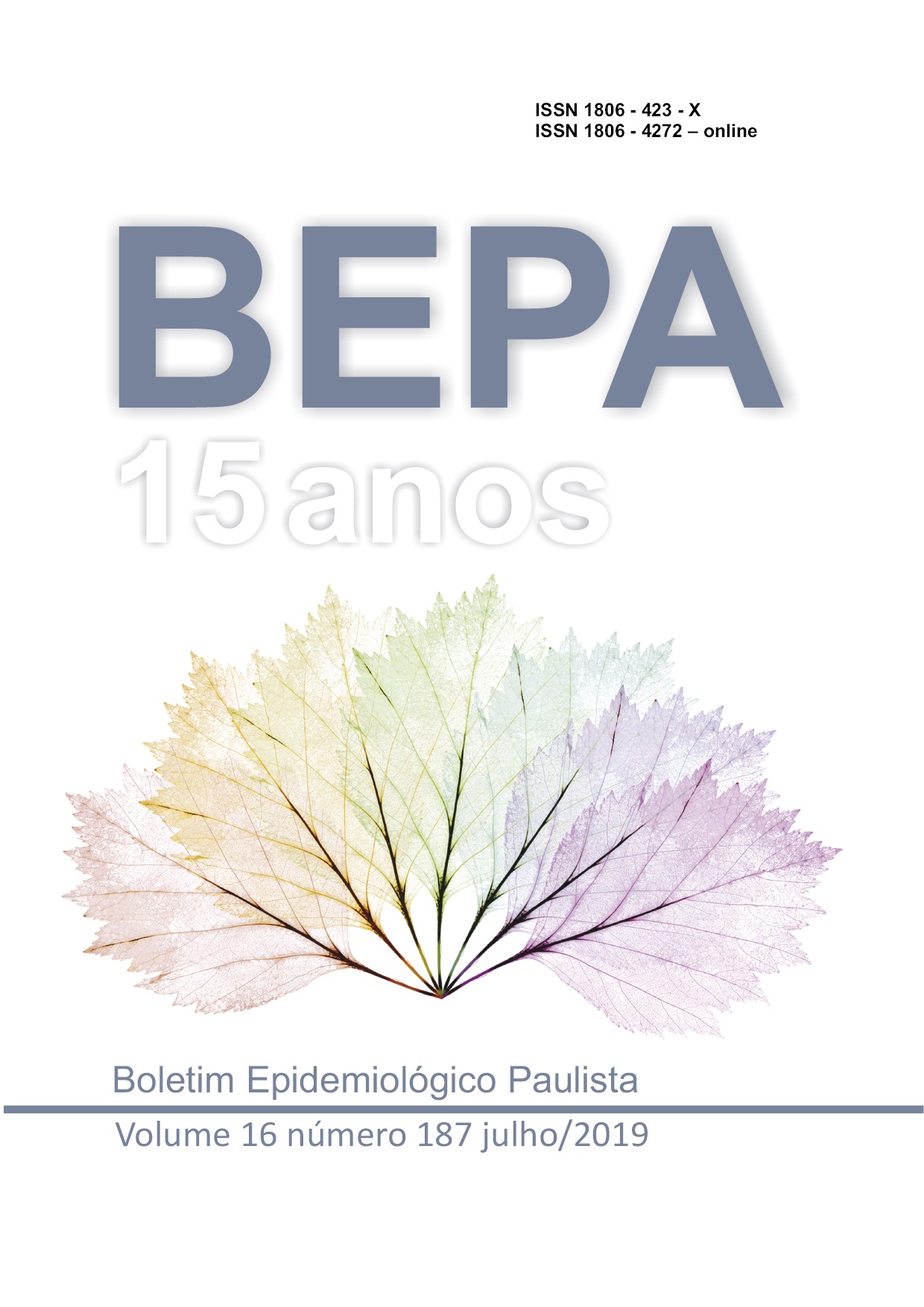Resumen
A ventilação mecânica (VM) é uma medida de suporte de vida para pacientes e, logo que
instituída, deve ser planejada sua retirada. Para isso, são utilizados índices fisiológicos
preditivos de sucesso na extubação. Nosso objetivo foi avaliar a acurácia dos índices
preditivos de desmame ventilatório (DV): Pimáx (pressão inspiratória máxima), IRRS
(índice de respiração rápida e superficial) e a oxigenação por meio da relação PaO2/FiO2,
em pacientes portadores de doenças infecciosas e PVHA (pessoas vivendo com HIV/Aids)
sob intubação orotraqueal (IOT) internados na Unidade de Terapia Intensiva (UTI) do
Instituto de Infectologia Emílio Ribas (IIER). Foi realizado um estudo prospectivo, com
75 pacientes, maiores de 18 anos, de ambos os gêneros, submetidos à VM por período
superior a 24 horas. A casuística foi divida em dois grupos: 50 pacientes portadores de HIV
(GA-Grupo A) e 25 pacientes não HIV (GB-Grupo B). Ambos os grupos preencheram os
critérios para desmame ventilatório conforme protocolo Institucional, e foram submetidos
ao Teste de Respiração Espontânea (TRE) e calculados os seguintes índices, a saber, relação
PaO2 /FiO2, Pimáx e IRRS. Aqueles pacientes que apresentaram os índices preditivos de
desmame conforme recomendado pela literatura e que não demonstraram nenhum sinal
de desconforto respiratório no TRE foram extubados e observados por 48 horas, a fim de
predizer sucesso ou falha no DV. No GA 42% (21) dos pacientes apresentaram falha na
extubação versus 08% (02) do GB (p=0,003); os pacientes do GA apresentaram maior
gravidade na admissão na UTI com média de SAPS III (Simplified Acute Physiology
Score) de 63,28 versus 51,36 no GB (p≤0,001); o GA permaneceu internado na UTI por
maior tempo com média de 20,6 dias versus 13,8 do GB (p=0,004); 68% dos pacientes
do GA eram desnutridos versus 16% do GB. A principal causa de reintubação do GA
foi Insuficiência Respiratória Aguda com 24% (12) dos casos e no GB 100% (02) por
rebaixamento do nível de consciência. Em relação aos índices preditivos, a relação PaO2/
FiO2 apresentou significância estatística (p=0,045) sendo melhor no GA do que no GB.
Encontramos correlações significativas entre valores de Pimáx e status imunológico: CV
(carga viral) X Pimáx (p=0,003), CD4 x Pimáx (p=0,044). Quanto à mortalidade, 20%
(10) do GA foram a óbito, o GB não apresentou nenhum óbito. Concluímos que os índices
preditivos de desmame ventilatório não foram suficientes na presente casuística para
discriminar a chance de sucesso ou falha de extubação.

Esta obra está bajo una licencia internacional Creative Commons Atribución 4.0.
Derechos de autor 2022 Graziela Ultramari de Lima Domingues, Nilton José Fernandes Cavalcante (orientador)
